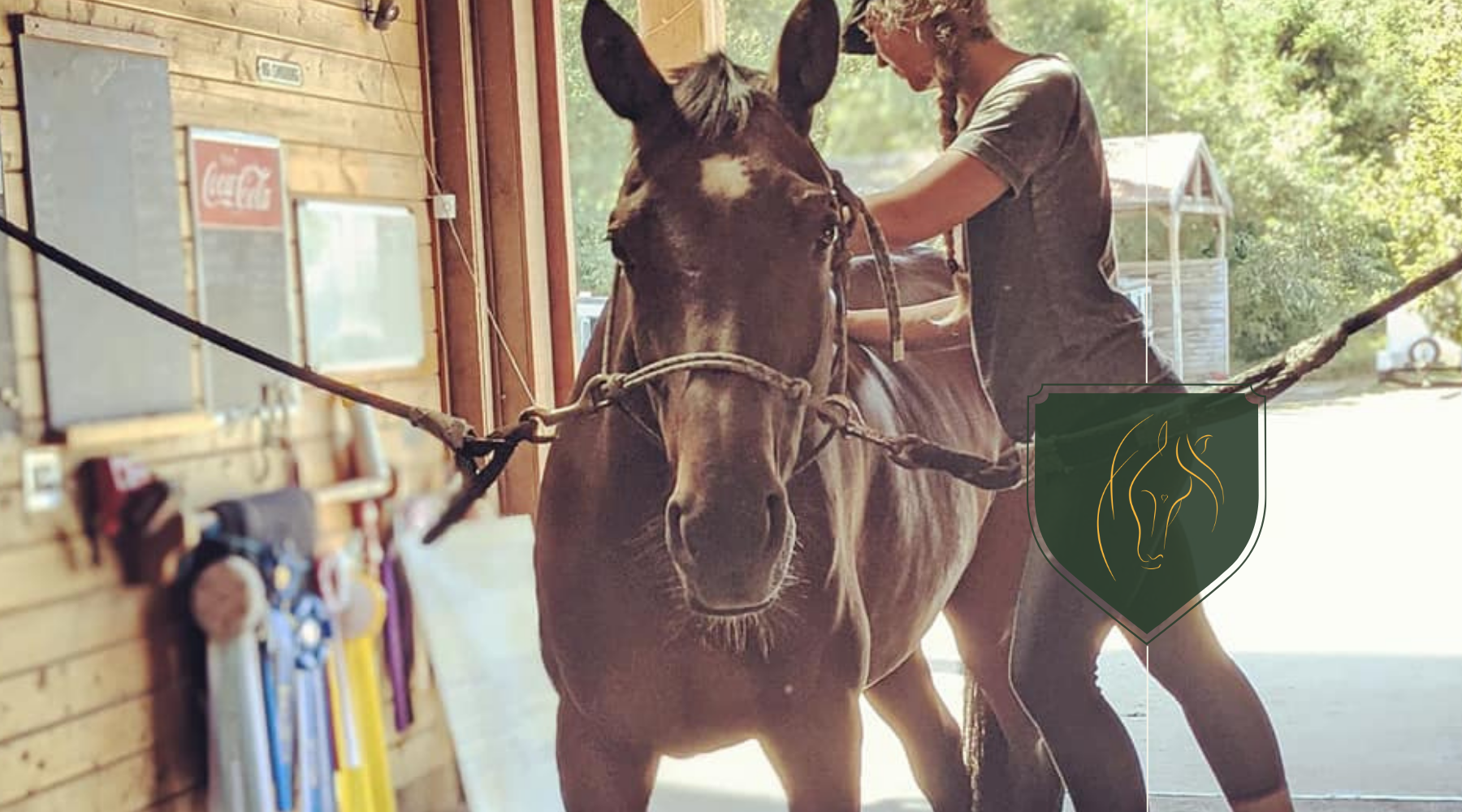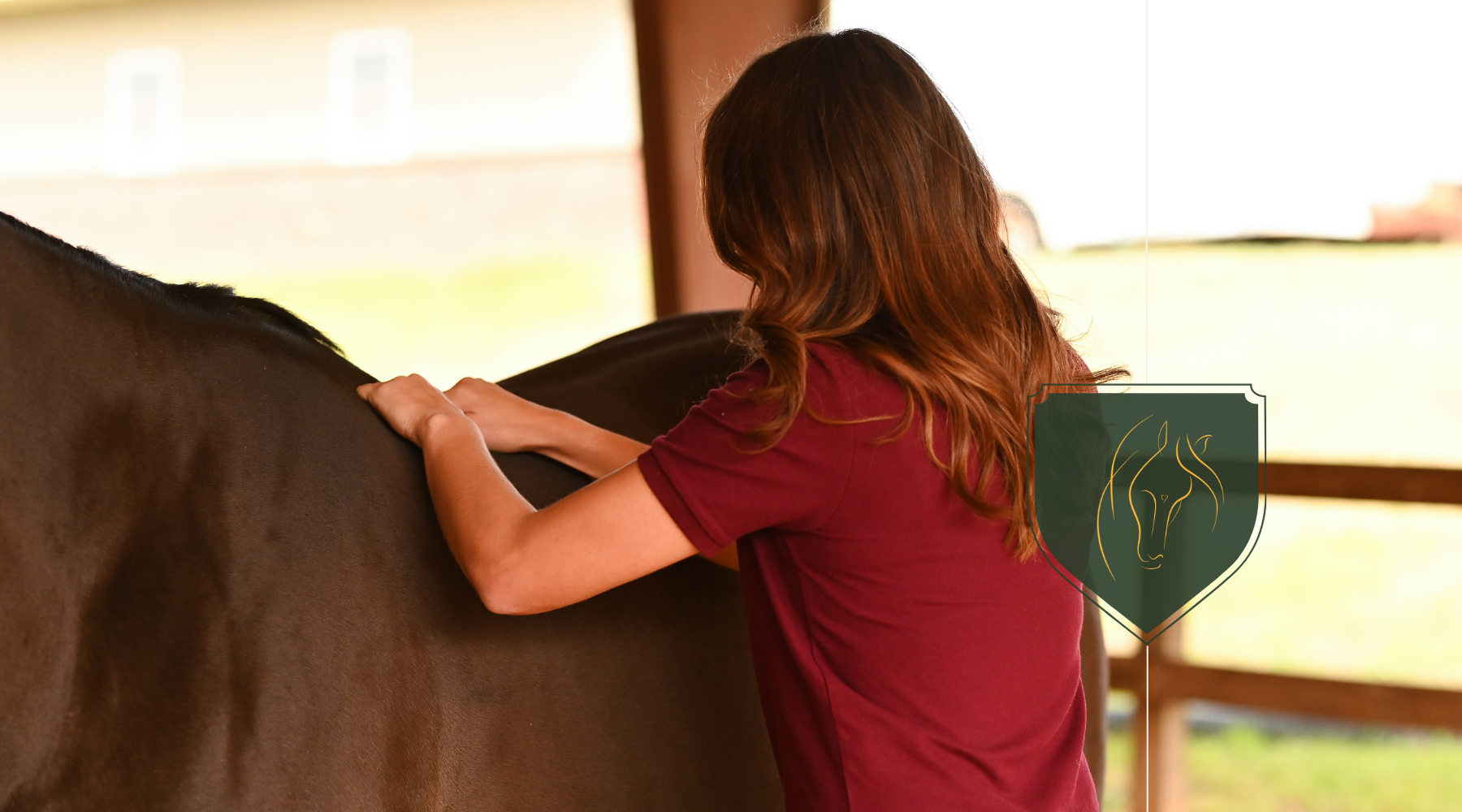Integrating equine bodywork into regular horse care routines isn't just a luxury—it's a game-changer for equine health and performance. Horse owners and caretakers are increasingly recognizing the profound benefits that come from such practices.
Equine bodywork, encompassing a variety of techniques like massage, stretching, and pressure point therapy, supports horses in ways that traditional care might miss. It's about tuning into the subtle cues of a horse's body and responding with a tailored touch.
Whether managing a stable of competitive athletes or caring for a beloved family horse, incorporating bodywork can lead to happier, healthier animals. It's a proactive approach that can prevent issues before they arise and enhance overall well-being.
Why Integrate Equine Bodywork into Regular Horse Care Routines?
Owners and care providers are increasingly recognizing equine bodywork as essential to regular horse care routines. At The Equine Institute, professionals understand that this holistic method significantly enhances a horse's performance and overall health. Bodywork caters to the neuromuscular system, promoting better circulation and relieving muscle spasms. This leads to noticeable improvements not only in the horse's physical condition but also in their emotional state, as bodywork can be incredibly soothing.
With the sport's demands often pushing horses to their limits, bodywork is critical in injury prevention. Tight muscles are prone to strains; regular bodywork helps to maintain elasticity, reducing the risk of such injuries. For competitive horses, bodywork is invaluable. It fine-tunes their body to peak condition, which can be the difference between winning and simply participating.
Education and training at The Equine Institute emphasize the importance of early detection and treatment. One of the greatest advantages of regular bodywork is spotting potential issues before they become problematic. Trained therapists are skilled at identifying areas of tension or discomfort that might go unnoticed during regular grooming or check-ups.
The benefits of equine bodywork extend into the horse's retirement. As athletes or working animals age, their bodies bear signs of wear and tear. Regular bodywork helps alleviate the discomforts of aging and maintain better mobility and quality of life. This aspect is particularly beneficial for the growing population of older horses that still remain active in some capacity.
Furthermore, incorporating equine bodywork strengthens the bond between horse and handler. The focused attention and therapy communicate care and trust, which is foundational in any equine relationship. For students and professionals at The Equine Institute, understanding and facilitating these connections are as much a part of horse care as the bodywork itself.
Understanding Equine Bodywork Techniques
Equine bodywork involves various techniques tailored to meet the individual needs of each horse. Professionals at The Equine Institute employ a range of hands-on methodologies to enhance equine health and performance.
Massage Therapy is a cornerstone of equine bodywork, focusing on alleviating tension in the horse's muscles. This technique utilizes kneading, stroking, and pressure to improve circulation and relax muscle fibers. The benefits are noticeable, as horses often show immediate signs of relaxation and contentment.
Chiropractic Adjustments are implemented by certified practitioners to correct misalignments in the horse's spine and joints. These adjustments help restore proper motion, leading to a balanced and pain-free movement.
Myofascial Release targets the connective tissues surrounding muscles and organs. Practitioners apply gentle, sustained pressure to release fascial restrictions, resulting in an increased range of motion and reduced soreness.
Acupressure, derived from traditional Chinese medicine, involves pressing specific points on the horse's body to stimulate healing. This technique can enhance overall well-being and is often used to complement other bodywork therapies.
At The Equine Institute, the following points ensure effective integration of bodywork into a horse's routine:
-
Assessment Before Treatment: Every session begins with a thorough assessment. Practitioners observe the horse's posture, gait, and behavior to tailor the session.
-
Regular Scheduling: Consistent bodywork sessions contribute to cumulative health benefits for the horse.
-
Combination of Techniques: Using multiple bodywork methods can address a variety of ailments and prevent potential injuries.
-
Follow-Up Care: Post-treatment care is crucial. Recommendations for exercise, rest, or further sessions are made based on the horse's response.
It's essential for horse owners and handlers to understand these techniques to identify the best care for their equine companions. As part of The Equine Institute's dedication to education, these bodywork methods are not merely services; they're an integral component of a comprehensive equine wellness philosophy.
The Benefits of Equine Bodywork for Horses
When the Equine Institute educates horse owners and therapists about the integration of equine bodywork into regular care routines, the impact on a horse's well-being takes center stage. Equine bodywork boasts a multitude of benefits that extend from improving performance to enhancing the overall quality of life.
One of the primary advantages is the reduction of muscle tension and soreness, which horses commonly experience. Therapies such as massage and myofascial release can significantly decrease discomfort, allowing horses to move more freely and with greater agility. Regular bodywork sessions have also been linked to better circulation, which is essential for muscle health and can aid in faster recovery after workouts or injuries.
Apart from physical health, equine bodywork supports emotional balance. Horses, like humans, can hold stress in their bodies, and targeted techniques help to release this tension. As stress levels drop, horses often exhibit calmer demeanors and a decreased incidence of behavioral issues, such as biting or kicking, which can stem from discomfort or anxiety.
Another key aspect is the promotion of musculoskeletal alignment. Chiropractic adjustments, for instance, ensure that a horse's joints are moving correctly, which can prevent a range of motion issues and even reduce the risk of injuries. This is particularly important for competitive horses, where precision of movement is crucial.
Moreover, integrating bodywork can serve as a form of early detection for potential health problems. Practitioners trained through the Equine Institute's programs are adept at identifying abnormalities in muscle texture or function, which can be the first sign of a developing condition. By addressing these early on, horse owners can avoid more serious complications down the line.
Overall, bodywork is invaluable in maintaining and enhancing a horse's health. Those who prioritize these practices often report seeing noticeable improvements in their horses' performance, disposition, and ability to withstand the demands of training and competition.
How Equine Bodywork Can Prevent and Address Common Issues
Integrating equine bodywork into regular horse care routines is gaining traction as more trainers and horse owners recognize its preventative and therapeutic potential. The Equine Institute advocates for this integrative approach to equine wellness, noting that regular bodywork goes a long way in maintaining a horse's health.
When horses are subjected to rigorous training schedules, the repetitive motions can lead to wear and tear on their muscles and joints. Equine bodywork helps horses by alleviating the strain that results from their athletic endeavors. Techniques such as massage therapy stimulate blood flow, which is vital for muscle repair and can mitigate the occurrence of delayed onset muscle soreness (DOMS).
Proponents of equine bodywork also emphasize its role in joint health. Chiropractic adjustments can ensure that a horse's joints are moving freely, which is essential in preventing the stiffness and discomfort that come with conditions like arthritis. For horses already exhibiting signs of joint issues, bodywork serves as a non-invasive method to manage pain and enhance mobility.
In addition to physical benefits, equine bodywork supports a horse's emotional well-being. It can be particularly effective for horses that display signs of anxiety or stress. Bodywork practitioners from The Equine Institute have observed that horses often show signs of relaxation and contentment during and after sessions, an indication of its impact on their psychological state.
Early detection of health problems is another significant advantage of regular equine bodywork. Massage therapists and bodywork specialists are trained to notice subtle changes in a horse's musculature or behavior that could indicate underlying issues. Consequently, they can alert owners and veterinarians to potential problems before they turn into serious health concerns, allowing for timely intervention and treatment.
Incorporating Equine Bodywork into Your Horse's Regular Care Routine
Integrating equine bodywork into your horse's care routine requires a thoughtful approach and an understanding of your horse's unique needs. It's essential to develop a schedule that aligns with the intensity of your horse's activities and any specific issues it may have. The Equine Institute recommends starting with a consultation from a certified equine bodywork professional to assess your horse's individual requirements.
Routine bodywork sessions should be seen as a staple in maintaining equine health. Typically, these sessions might include various techniques such as:
-
Massage therapy
-
Stretching exercises
-
Joint mobilization
These practices play a critical role in increasing circulation, enhancing muscle function, and reducing the risk of injury. For horses in rigorous training, engaging in bodywork sessions once a week may be beneficial, while those with lighter schedules could have sessions bi-weekly.
In addition to professional care, The Equine Institute encourages horse owners to get hands-on with their horses. Learning basic massage and stretches can allow for daily maintenance, which further supports the horse's well-being. The Institute offers training courses that equip owners with the skills to effectively contribute to their horse's bodywork regimen.
Monitoring your horse's response to bodywork is vital. Subtle changes in behavior or performance can inform the need to alter the routine or address emerging issues. Keeping a log of bodywork sessions, alongside veterinary check-ups, ensures a well-documented history of the horse's physical condition over time.
Investing in quality bodywork tools can also enhance your horse's program. Tools like equine massage mitts or rollers can be incorporated into daily grooming to combine relaxation with routine care. The Equine Institute's workshops provide guidance on selecting and using these tools correctly.
Lastly, ensuring that the horse has a balanced diet, adequate hydration, and appropriate rest between sessions promotes the efficacy of bodywork. Good nutrition and hydration are critical to muscle recovery, while rest periods prevent overexertion and allow the bodywork to have the maximum impact.
By following these practices, horse owners can seamlessly integrate equine bodywork into their horse's regular care routine, reinforcing a holistic approach to equine health and performance.
Conclusion
Embracing equine bodywork as part of a horse's care regimen can lead to remarkable improvements in health and performance. By scheduling regular sessions with a certified professional and learning simple techniques to use at home, owners can ensure their horses receive the full spectrum of benefits. Remember, the key is a tailored approach that considers the unique needs of each horse. With the right balance of professional bodywork, hands-on owner care, and attention to diet and rest, horses can thrive. They'll not only feel better but also be better equipped to meet the demands of their training and work. Integrating equine bodywork isn't just an add-on—it's an investment in the well-being and longevity of these magnificent animals.
Frequently Asked Questions
What is equine bodywork?
Equine bodywork includes techniques like massage therapy, stretching exercises, and joint mobilization designed to enhance a horse's muscle function and circulation and reduce injury risks.
Who should perform equine bodywork?
Equine bodywork should be performed by a certified professional, but horse owners can also learn basic techniques to participate in their horse's bodywork regimen.
How often should equine bodywork be included in a horse's care routine?
The frequency of equine bodywork should align with the horse's activities and needs, and it's best to start with a professional consultation to create an effective schedule.
What benefits does equine bodywork provide?
Equine bodywork benefits include improved circulation, better muscle function, and a decreased risk of injury, contributing to overall horse health and performance.
Can horse owners contribute to equine bodywork?
Yes, horse owners are encouraged to learn basic massage and stretching techniques to support their horse's bodywork routine.



Leave a comment
This site is protected by hCaptcha and the hCaptcha Privacy Policy and Terms of Service apply.